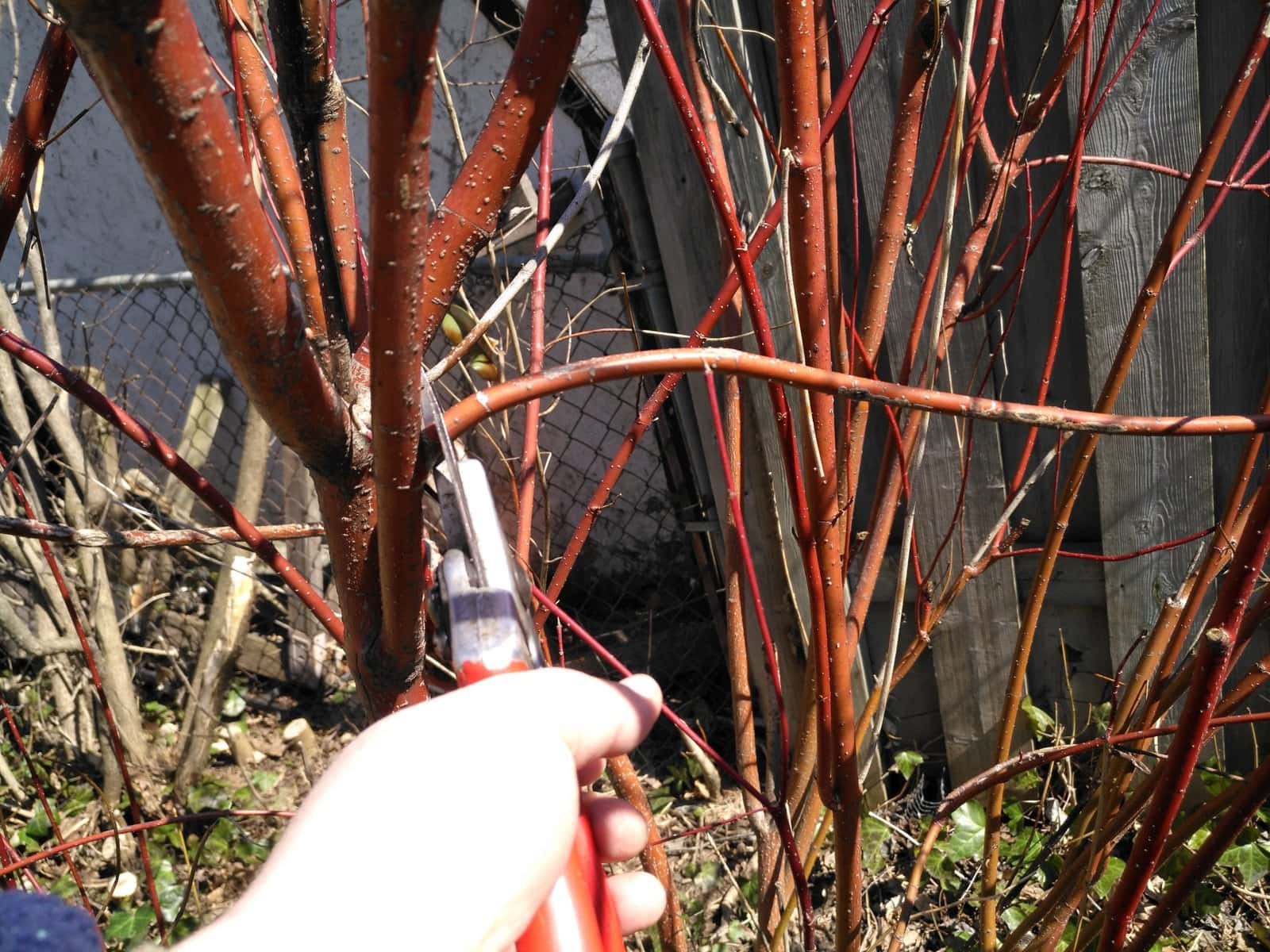Even though it doesn’t seem like we have had much winter yet, spring is definitely here — or at least, that is what a robin told me.
One of the first tasks in the garden is pruning deciduous shrubs.
I believe that the success, and longevity, of any garden is due to proper pruning techniques.
Pruning is more than just cutting down the tips of the branches. That is part of it, but it’s one of the last steps in pruning.
Correct pruning techniques will affect how productive the plant is in flowering and/or producing berries.
Pruning will also open a plant’s branching habit, which, in turn, improves the air circulation moving through the shrub and reduces insect and disease problems.
It helps to rejuvenate the shrub so that it does not die out prematurely.
Pruning also keeps the plants from out-growing their space or overcrowding other shrubs.
We know that we should prune our shrubs in the spring, but few know why pruning is necessary and the right way to do so.
Most of us stick with the “hack and hope” method: we hack away at it and hope that we have done the right thing.
Well, I am here to tell you that “hacking” or “whacking” are not proper pruning terms.
Understanding why we prune and when is the best time to prune, takes away some of the guesswork.
So, let’s discover first why it is best to prune most deciduous shrubs late in the dormant period (late winter/early spring).
As we go into autumn and start seeing plants go into dormancy and the leaves start to turn beautiful fall colours, what we don’t see is what is going on inside the plant.
All summer, the leaves have been storing up food from the sun in a process called photosynthesis.
As the fall approaches, all this stored energy starts to move from the leaves, down the stem and back into the roots by late winter.
In the spring, that same energy (food) then moves from the roots, up the stem and forces out new leaves.
If this whole process did not occur, a plant, when it dropped its leaves, would lose all its stored energy, resulting in a weakened plant.
As temperatures start to warm up in the spring, and we start to tap sugar maple trees to collect the sap to make syrup, we often say that “the sap is rising” and that is exactly what is happening.
The plant’s food rises from the base of the plant into the branches and forces out the new leaves. This happens with all deciduous plants.
Therefore, if you are pruning in the fall, you may be removing much of the stored energy the plant generated that season, resulting in a weakened plant.
When you prune in the fall, the fresh cuts will not have enough time to heal over before winter sets in and could mean further winter dieback.
Early spring flowering shrubs and trees, those that bloom before or as the leaves are emerging, have set their flower buds the previous season’s growth in late summer or early fall.
If you prune in the fall, you are also pruning off those flower buds for next spring.
This applies to shrubs such as viburnums, lilacs, bridal wreath spirea, forsythia, witch hazel, mock orange, deutzia, serviceberry, azaleas and rhododendrons.
You will not want to prune these shrubs until the blooms are finished and before their leaves have opened fully, or you risk losing the flowers.
Some early blooming ornamental trees that have the same pruning requirements (prune right after blooming) are magnolia, flowering cherries, flowering dogwoods and redbuds.
Wisteria is one of the vines that you will also want to finish blooming before pruning.
Another exception for pruning at this time would be plants that bleed.
As mentioned above, at this time the sap (or food) is rising from the base of the plant and back into the branches.
Some plants will bleed from the fresh cuts while this process is occurring.
Bleeding is when sap leaks from a wound or pruning cut on a tree, shrub, or woody climber.
Sometimes this may be a gentle seeping, other times a copious flow.
The loss of sap will rarely kill a plant, but it does weaken the plant.
Maples are the main ones that bleed. This goes for all maples including all Japanese maples.
Other plants that bleed in spring are birch, mulberry, hornbeam and laburnum.
These varieties are best pruned late summer to mid-winter.
In next week’s article, I will be going through the steps of pruning a shrub.
Joanne Young is a Niagara-on-the-Lake garden expert and coach. See her website at joanneyoung.ca











